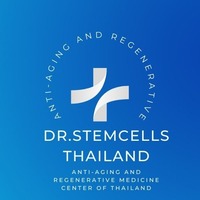Hemoperfusion (HMP)
Hemoperfusion is an extracorporeal blood purification technique that removes toxins, drugs, or inflammatory mediators by adsorption to sorbents (e.g., activated carbon, resins). It is used in emergencies like poisoning, sepsis, or
Read More























